|
One of the things that amazes me on a daily basis here in Sri Lanka is the sheer diversity of (and proximity to) wildlife. In order to demonstrate what I mean, I thought I would share two of my favorite animals that I have encountered along Kandy Lake. First, there are numerous toque macaques (left) traveling in troops and hanging out in nearby trees. These monkeys are quite familiar with humans, and are unafraid to greet you as you approach. They have reddish-brown hair and are noted for their oddly coiffed hair. Next, you can find water monitors (right) gliding up against the edge of the lake, emerging to crawl on the muddy banks. To be honest, the first time I saw one of these large lizards I thought it might be a baby crocodile. But upon further inspection I noticed the patterned skin, small, angular head, and wide body, and knew this had to be something else. The water monitor is the second largest lizard in the world, smaller only than the behemoth Komodo dragon. I usually observed these lizards in the late morning as I traversed the edge of the lake. Adults often swam around alone while the young stayed close to their protective mothers. These are but two examples of the kinds of animals you may find yourself shockingly close by when you visit Kandy Lake.
1 Comment
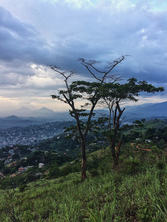 Welcome! I am reviving my blog to bring a refreshed look at one of the most interesting and understudied countries in the world- Sri Lanka. I previously came to Colombo, the capital of Sri Lanka, back in 2013 in order to conduct the second leg of field work for my doctoral dissertation on constitutional environmental rights. This time I have returned to Sri Lanka (or Ceylon, as it was formally known until 1972) on a Fulbright Postdoctoral Scholar grant to study the environmental impacts assessments (EIAs) of development projects. In particular, I will be evaluating whether, and to what extent, the quality of these reports varies depending on who funds a given project (i.e. emerging donors like China, India, and Iran, or traditional donors like the U.S., Japan, and World Bank). I am stationed primarily in Kandy, which is located in the Central Province, because I have an affiliation with the Department of Geography at the University of Peradeniya. I will also be making occasional trips to Colombo, located in the Western Province, so that I can conduct archival research at the library of the Central Environmental Authority (CEA), which is Sri Lanka's equivalent of the U.S. Environmental Protection Agency. Reading my previous posts, I'm shocked by how long and detailed they were! This time around, however, my posts will focus briefly on one aspect of life in Sri Lanka. For this first post, I want to highlight transportation. The images below depict my primary means of getting around in Kandy- public buses. The national and local bus systems are surprisingly extensive and, compared to Western standards, very inexpensive. I regularly take the Bowalawatta bus from my temporary housing in the Heerassagala neighborhood to the downtown area of Kandy. This ride takes anywhere from 30-45 minutes depending on the time of day and traffic, and costs 24 Sri Lankan Rupees (LKR) each way, about $0.16 in U.S. Dollars (USD). The current exchange rate is approximately 152 LKR for $1 USD (for a helpful currency exchange tool, check out XE Currency Converter). As you can see from the photo on the right side, the buses are lavishly decorated with cultural and religious (mainly Buddhist) items. Some buses have televisions at the front that display movies, advertisements, or music videos. Others play Sri Lankan music over separated speaker systems affixed to luggage racks near the ceiling. The doors to the bus usually remain open throughout the drive, allowing people to jump on or off haphazardly. It is not uncommon to see people boarding the bus while it is in motion (this has happened to me a couple times so far!).
What I find most interesting, however, is the system by which bus fare is collected. Every bus has a driver (who sits on the right side and drives on the left side of the road, a relic of British colonial influence) and at least one fare taker. If you get on the bus at the beginning of the route, you might be surprised to find that no one immediately asks for your bus fare. It isn't until a certain location or critical mass is reached that the fare taker inquires as to your final destination and informs you what your fare will be. This is not a strict process with consistent fares. For instance, I have paid 20, 24, and 25 LKR to travel the exact same distance on the Bowalawatta bus. When I pay 25 LKR, I do not get change back, even if the fare is 24 LKR. This is just how the fare takers seem to operate (at least with respect to foreigners). The fare takers keep mental record of every single person who gets on and off the bus, and they regularly squeeze up and down the aisle to collect fares from new passengers. Sometimes the fare taker writes down the transaction in a journal of sorts and tears off a receipt for the passenger. Other times the fare taker is equipped with a wrist-bound digital receipt machine, which prints out the receipt. I would be interested to know about the efficiency of this system. More specifically, I am curious as to whether rendering the fare taker obsolete by installing an automated bus fare machine like those in U.S. buses is more or less economical than maintaining a staff of manual fare takers. Are the wages of the fare takers detracting from the wages of the drivers? What would be the social cost of installing automated bus fare machines, thus resulting in significant job losses? Is the bus fare taker a likely casualty along the road to sustainable development? What are your thoughts? Feel free to share them in the comments section below! |
Archives
July 2017
Categories
All
|
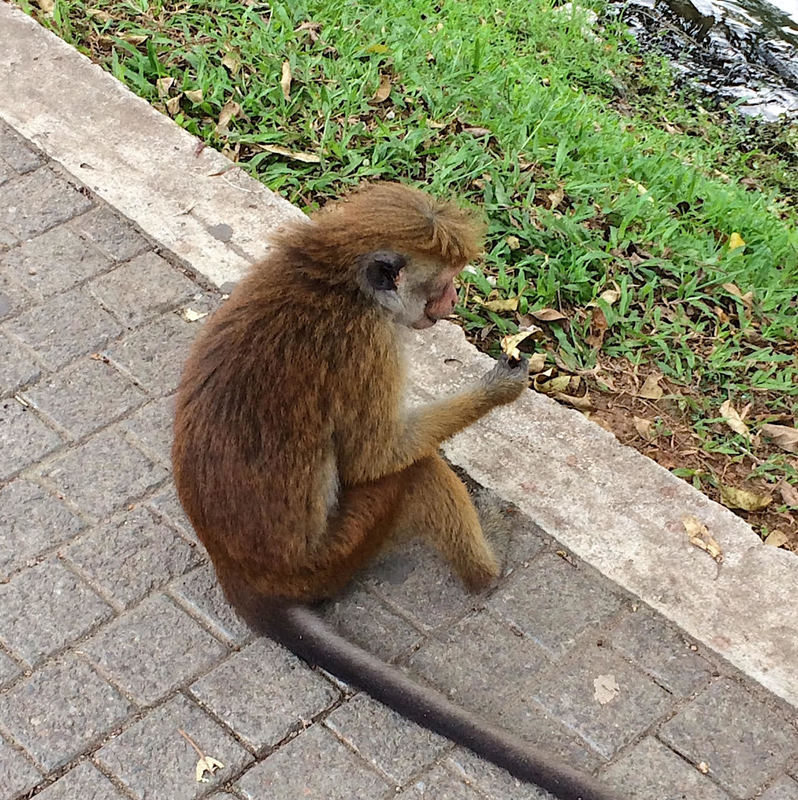
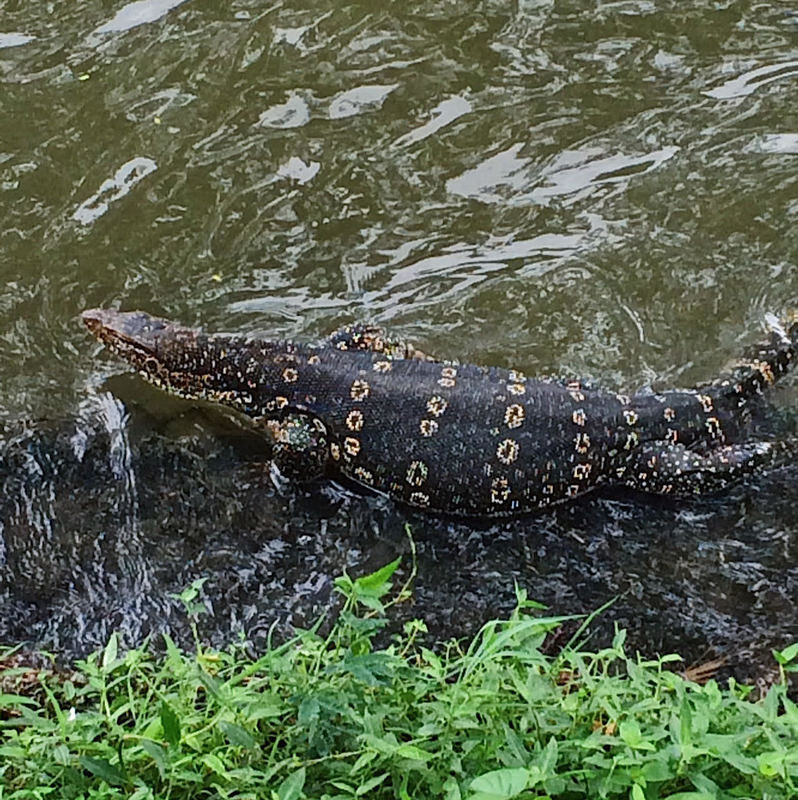
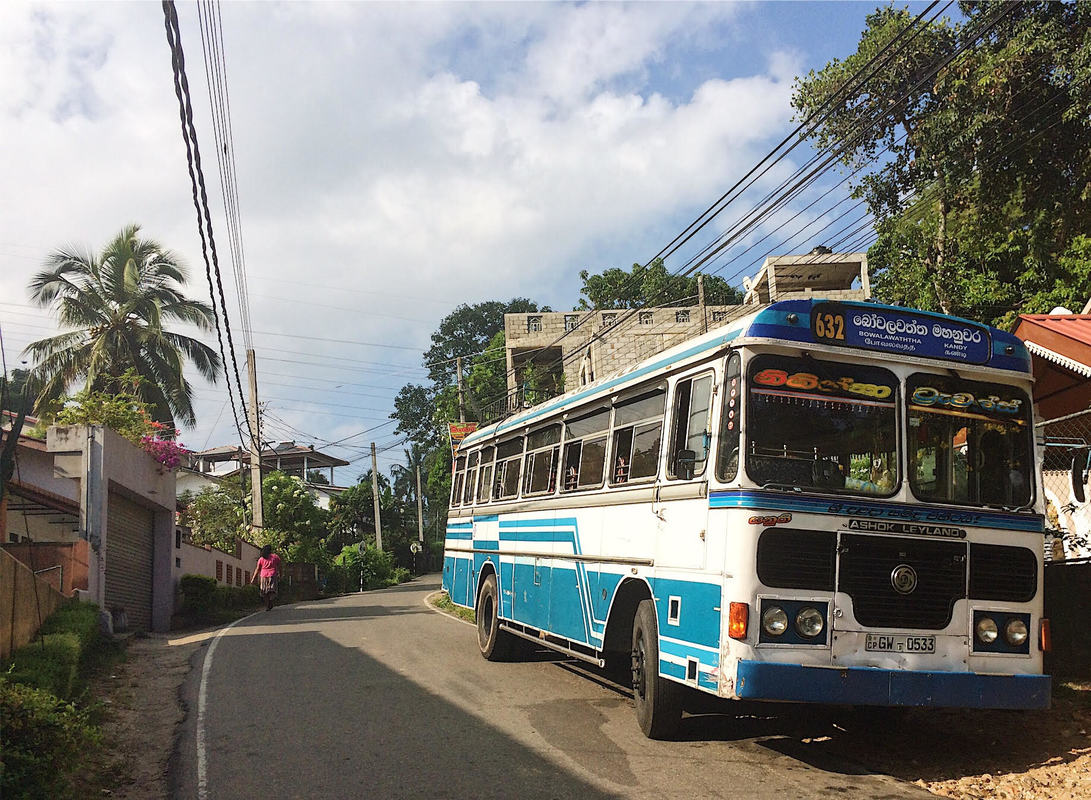
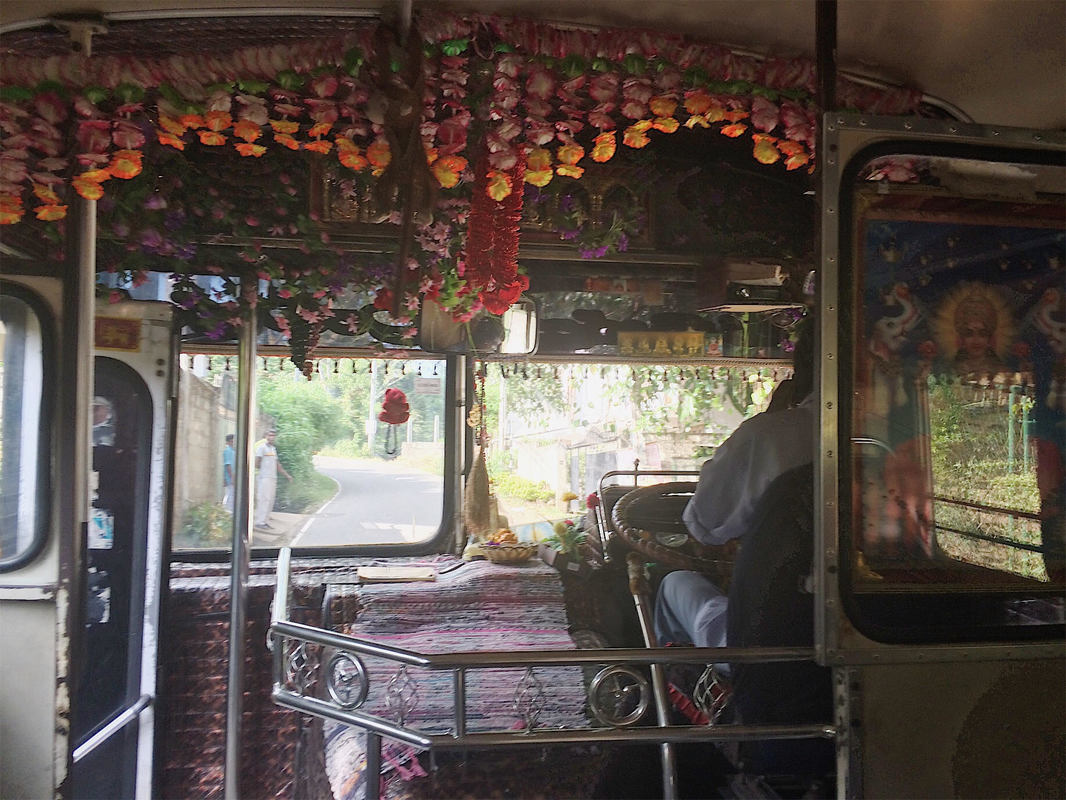
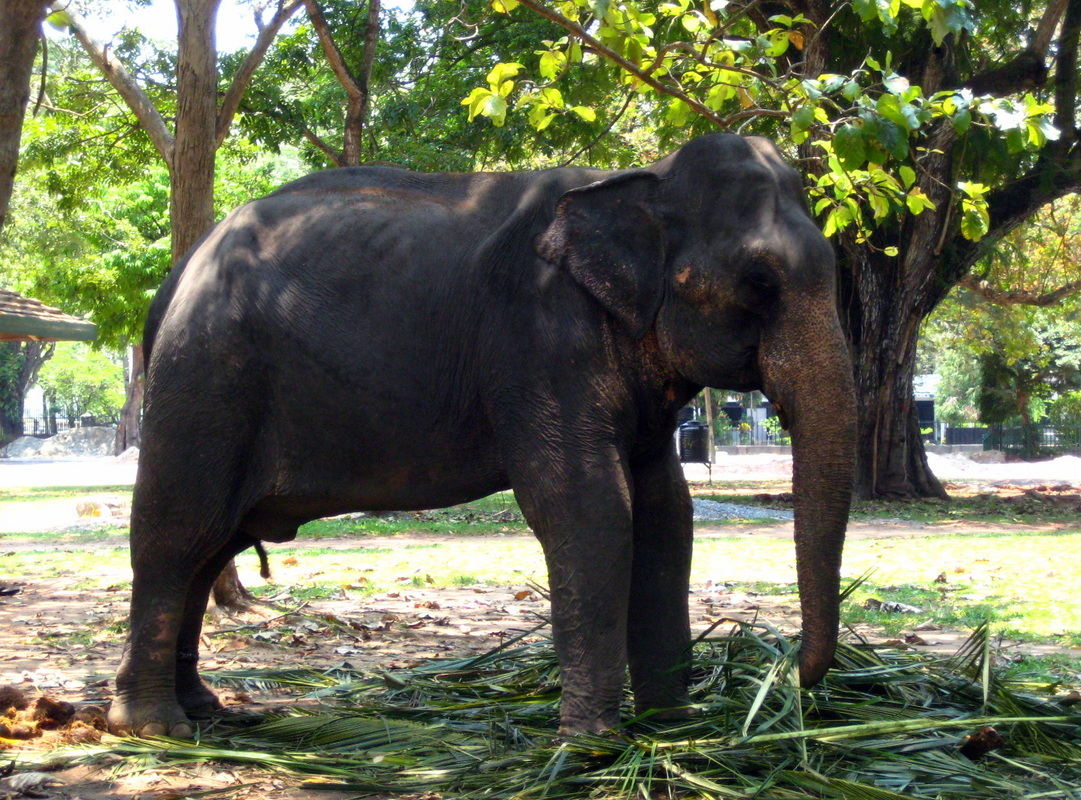
 RSS Feed
RSS Feed